Rapid fragmentation of neuronal networks at the onset of propofol-induced unconsciousness
- PMID: 23129622
- PMCID: PMC3523833
- DOI: 10.1073/pnas.1210907109
Rapid fragmentation of neuronal networks at the onset of propofol-induced unconsciousness
Abstract
The neurophysiological mechanisms by which anesthetic drugs cause loss of consciousness are poorly understood. Anesthetic actions at the molecular, cellular, and systems levels have been studied in detail at steady states of deep general anesthesia. However, little is known about how anesthetics alter neural activity during the transition into unconsciousness. We recorded simultaneous multiscale neural activity from human cortex, including ensembles of single neurons, local field potentials, and intracranial electrocorticograms, during induction of general anesthesia. We analyzed local and global neuronal network changes that occurred simultaneously with loss of consciousness. We show that propofol-induced unconsciousness occurs within seconds of the abrupt onset of a slow (<1 Hz) oscillation in the local field potential. This oscillation marks a state in which cortical neurons maintain local patterns of network activity, but this activity is fragmented across both time and space. Local (<4 mm) neuronal populations maintain the millisecond-scale connectivity patterns observed in the awake state, and spike rates fluctuate and can reach baseline levels. However, neuronal spiking occurs only within a limited slow oscillation-phase window and is silent otherwise, fragmenting the time course of neural activity. Unexpectedly, we found that these slow oscillations occur asynchronously across cortex, disrupting functional connectivity between cortical areas. We conclude that the onset of slow oscillations is a neural correlate of propofol-induced loss of consciousness, marking a shift to cortical dynamics in which local neuronal networks remain intact but become functionally isolated in time and space.
Conflict of interest statement
Conflict of interest statement: E.N.B. and P.L.P have a patent pending on anesthesia monitoring.
Figures
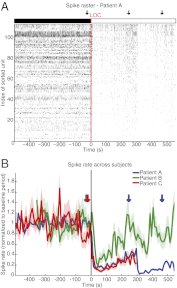
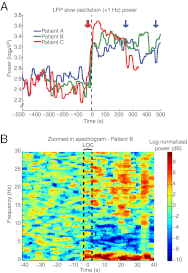

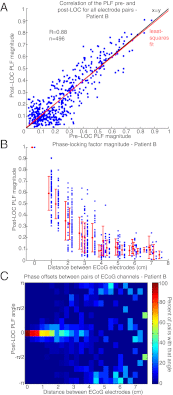

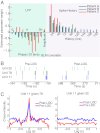
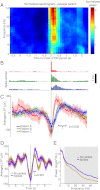

Comment in
-
Fragmenting consciousness.Proc Natl Acad Sci U S A. 2012 Dec 4;109(49):19876-7. doi: 10.1073/pnas.1217595109. Epub 2012 Nov 9. Proc Natl Acad Sci U S A. 2012. PMID: 23144217 Free PMC article. No abstract available.
References
-
- Rudolph U, Antkowiak B. Molecular and neuronal substrates for general anaesthetics. Nat Rev Neurosci. 2004;5(9):709–720. - PubMed
-
- Alkire MT, et al. Cerebral metabolism during propofol anesthesia in humans studied with positron emission tomography. Anesthesiology. 1995;82(2):393–403, discussion 27A. - PubMed
Publication types
MeSH terms
Substances
Grants and funding
- K25-NS057580/NS/NINDS NIH HHS/United States
- K08 NS066099/NS/NINDS NIH HHS/United States
- R01 DC009899/DC/NIDCD NIH HHS/United States
- DP2 OD006454/OD/NIH HHS/United States
- HHMI/Howard Hughes Medical Institute/United States
- R01 NS062092/NS/NINDS NIH HHS/United States
- K08NS066099-01A1/NS/NINDS NIH HHS/United States
- NS062092/NS/NINDS NIH HHS/United States
- K25 NS057580/NS/NINDS NIH HHS/United States
- R01 EY017658/EY/NEI NIH HHS/United States
- NS063249/NS/NINDS NIH HHS/United States
- R01 MH071847/MH/NIMH NIH HHS/United States
- R00 MH111748/MH/NIMH NIH HHS/United States
- DP1 OD003646/OD/NIH HHS/United States
- R01DC009899/DC/NIDCD NIH HHS/United States
- EY017658/EY/NEI NIH HHS/United States
- DP2-OD006454/OD/NIH HHS/United States

